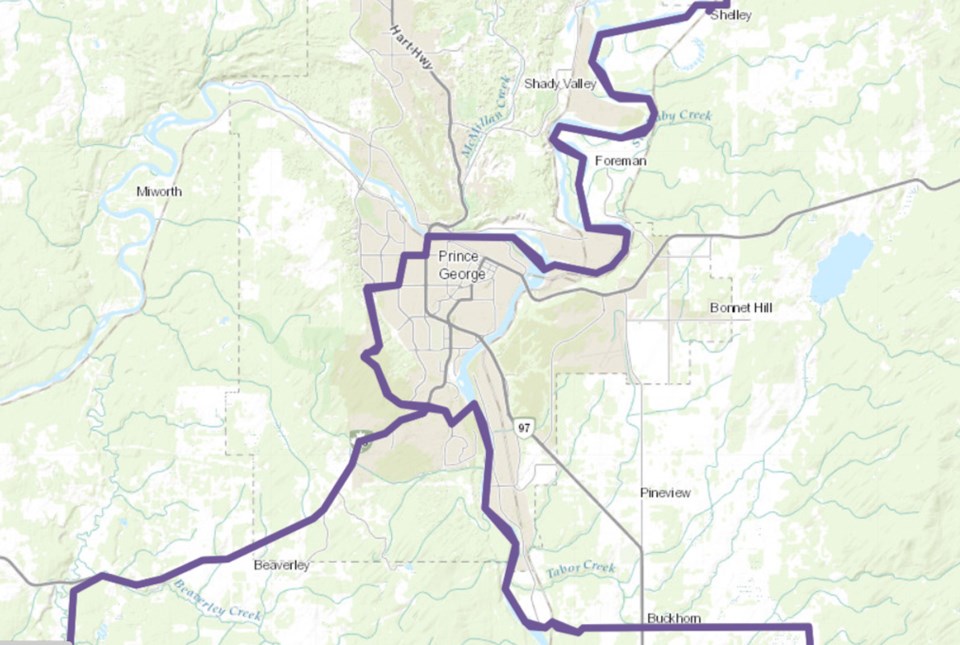In its final report, the BC Electoral Boundaries Commission is calling for the City of Prince George to be divided between three provincial electoral districts.
The commission’s report recommended adding six additional electoral districts, for a total of 93. Currently Prince George is divided roughly in half between the Prince George-Mackenzie and Prince George-Valemount electoral districts.
“Our proposal to increase the number of electoral districts reflects our growing province,” said Justice Nitya Iyer, chair of the commission. “We do not recommend reducing the number of ridings in more sparsely populated areas of the province because doing so would undermine effective representation.”
The commission’s report would see Prince George divided between three electoral districts: Prince George-North Cariboo (pop. 43,265), Prince George-Valemount (pop. 41,370) and Prince George-Mackenzie (pop. 41,487).
Prince George-North Cariboo would include the area of College Heights south of Highway 16 and Domano Boulevard, Quesnel, Williams Lake and surrounding rural areas.
Prince George-Valemount would include the majority of the bowl area of the city, east of a jagged line linking Ospika Boulevard and Highway 97, and the corridor along Highway 16 to the Alberta border.
Prince George-Mackenzie would include the Lakewood and Heritage areas of the bowl, the North Nechako area and the Hart, and north to Mackenzie and west halfway to Vanderhoof.
“We learned a great deal from our initial and final public consultations,” Iyer said. “In total, we held 63 public meetings in 44 communities and received more than 2,000 submissions. We wish to thank wholeheartedly the many British Columbians who took the time to share their views with us. Your input was invaluable in shaping our understanding of our complex and diverse province.”
The report will go to the B.C. Legislature, where the MLAs will vote on whether to accept the commission’s recommendations, in whole or in part.

